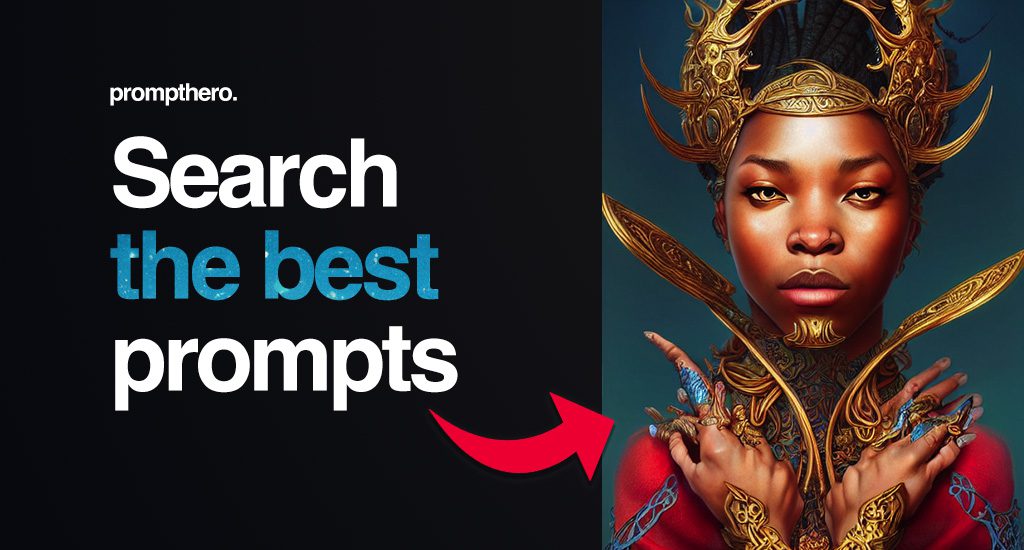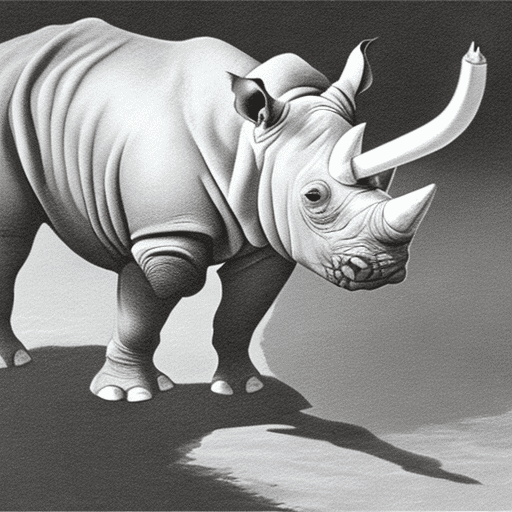A surprising and uncommon scene unfolds as a rhinoceros, a massive and majestic animal, is found engaging in unusual and potentially harmful behaviors – drinking alcohol commonly referred to as “boozing” and partaking in the act of smoking, suggestive of an anthropomorphic display by the usually herbivorous creature, challenging preconceived notions about its typical conduct in the wild or in captivity. This discovery raises questions not only about the source of these behaviors, as many may wonder how the rhino obtained access to these substances, but also about the potential impacts on its health and well-being, given that both alcohol consumption and smoking are risky habits known to negatively affect human health and can have similarly harmful consequences when consumed by animals. The sight of such a typically gentle member of the animal kingdom engaging in these behaviors serves as a stark reminder of the many forms of influence that can lead individuals, and even animals, to partake in activities that may veer from the more natural and expected behaviors that are traditionally associated with their species, prompting reflection on the level of intervention necessary from humans to safeguard the welfare of wildlife and to prevent scenarios where animals engage in unhealthy and risky activities that can jeopardize their health and existence. This unprecedented behavior of the rhino may also fuel debates and discussions surrounding animal welfare and conservation efforts, as the footage or account of such unconventional conduct can attract attention to the plight of wildlife populations, highlighting the many ways in which human activities and encroachments into natural habitats can impact animals’ behaviors and routines, potentially leading to distressing outcomes that vary from the benign to the more alarming, such as instances of animals behaving in ways harmful to themselves, typically reciprocating some form of influence from human actions, interactions, or neglect. In the grander scheme of things, the observation of the rhino participating in such atypical actions sparks broader conversations around the broader preservation of wildlife, conservation strategies aimed at promoting healthy interactions between humans and animals, and the possible avenues for protecting diverse species from the impacts of environmental changes, human incursions, and the surprising array of outside influences that may contribute to animals straying from their natural behaviors, underlining the intrinsic need to establish and enforce robust regulation measures, comprehensive protection policies, and educational programs on wildlife conservation to mitigate risks posed by human interference and to minimize scenarios where animals feel susceptible to adopting behaviors that are not congruent with their restricted access to substances that present dangers to their health and holistic well conservation and the immunity relative to their wellbeing.
Ad Area
Reactions
0
0
0
0
0
0
Already reacted for this post.
YOU MAY ALSO LIKE

0
118
0
December 9, 2024

0
118
0
December 9, 2024

0
80
0
December 9, 2024

0
107
0
December 9, 2024

0
35
0
December 9, 2024


